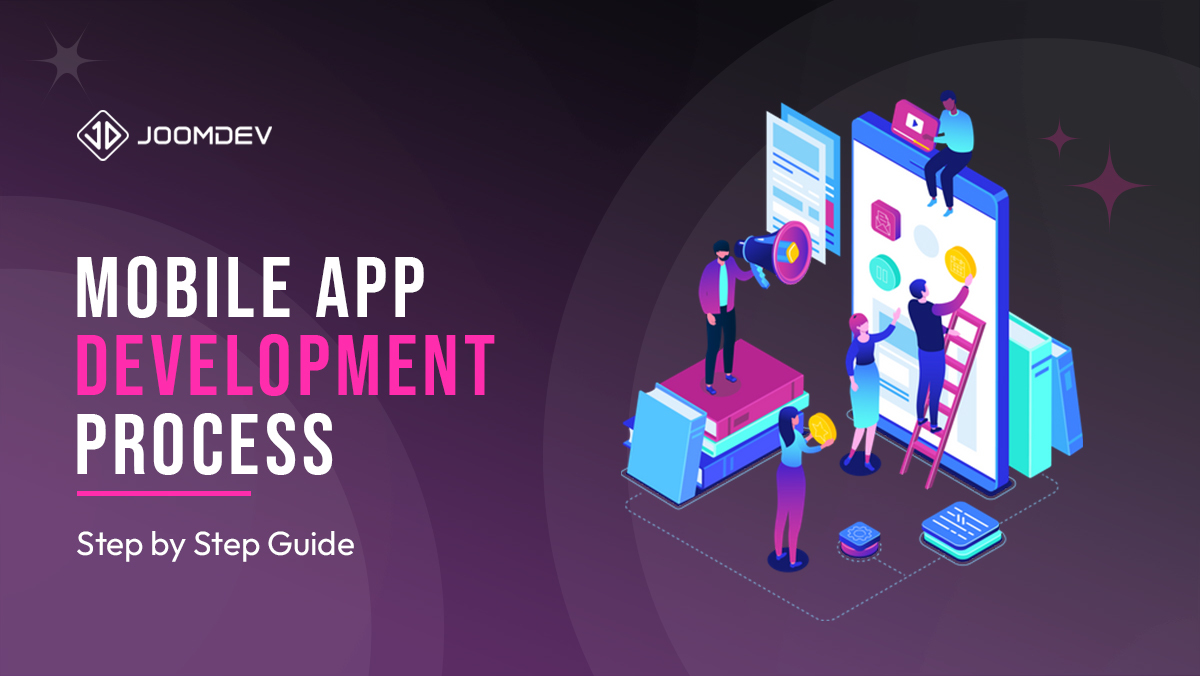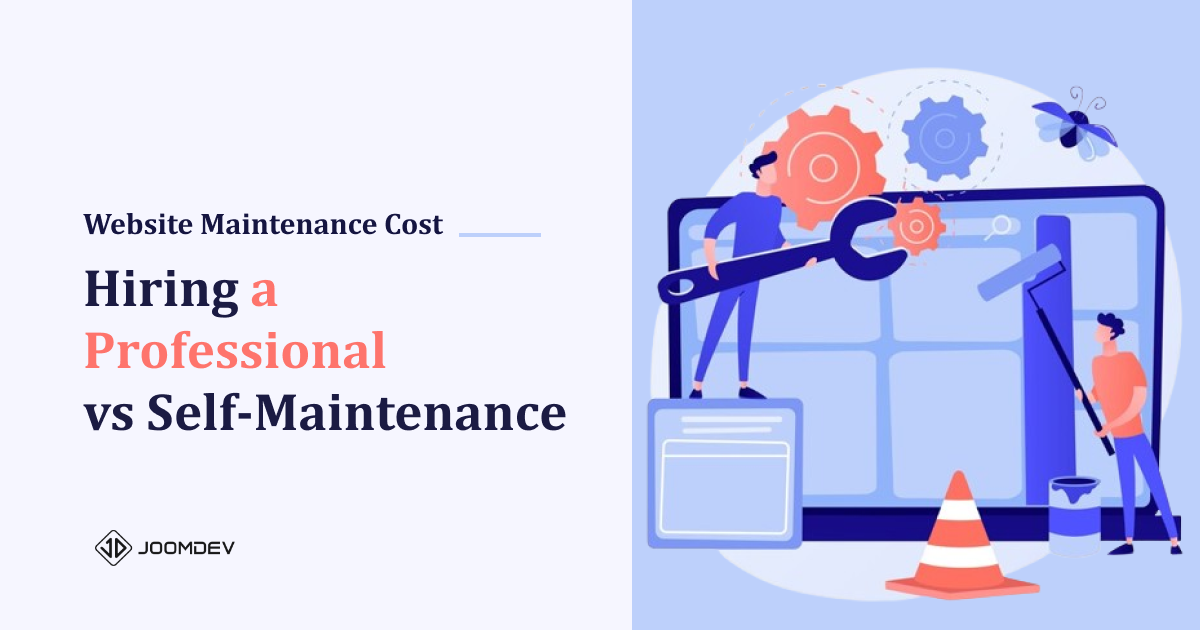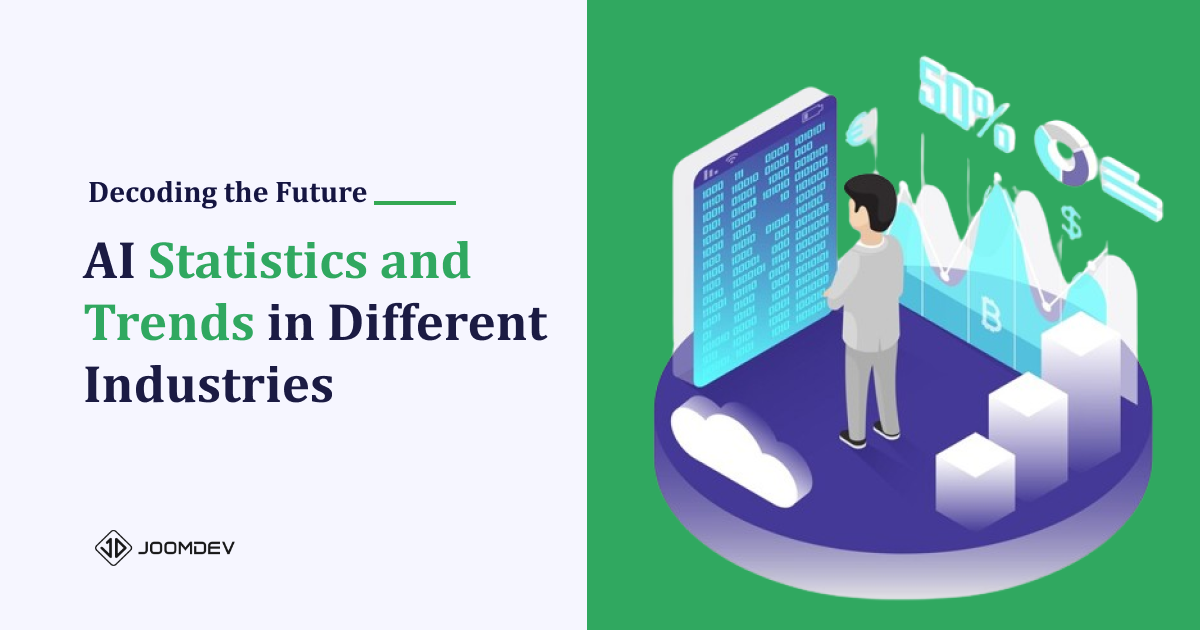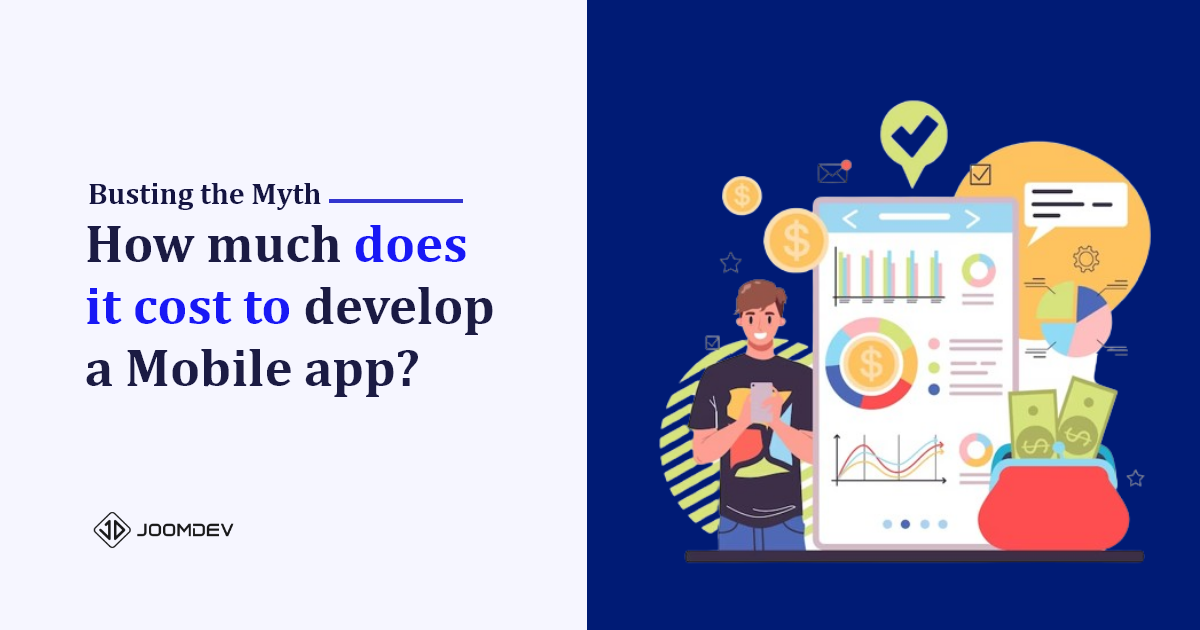Looking for help setting up a mobile application for your business? Curious about how the mobile app development process works?
But before answering these questions, let’s start with how many people use mobile devices by considering some stats.
According to a recent survey of mobile apps, there are nearly 3.5 million apps available on Google Play Store and 2.25 million apps available on Apple App Store. And with the number of apps available on both these platforms, the collective number of active mobile app users is more than 3 billion worldwide and is expected to multiply in the coming time.
Not just that, with the advancements in microprocessing technologies, users are now able to run mobile applications on multiple platforms simultaneously, including desktops, tablets, Android phones, iPhones, and Macs. As a result, mobile app users are on the rise.
Following the above-mentioned, we hope you are aware that mobile applications are the need of the hour and will be the future of generating great revenues for any business.
Mobile App Development Process
While it is important to know the value of mobile applications, it is just as important to know how mobile apps are developed!
Mobile applications have changed a lot over the years due to user demands and business innovations, but the process of development remains the same. Just a few minor differences were added or removed during the process.
In this comprehensive guide, we have gathered all the information that will help you in building a mobile application step-by-step.
So, let’s begin!
What is Mobile App Development?
The process of developing apps that run on mobile devices, including smartphones, is called mobile app development. It requires creating apps that can be downloaded and installed by users and then ensuring that the apps function correctly via backend services.
To develop scalable mobile apps, many factors must be considered. For instance, screen sizes and hardware requirements must be taken into account, as well as many other aspects of the app development process. Explore proven strategies and cutting-edge tools for building intuitive and functional mobile web apps.
Mobile App Development Platforms (iOS and Android)
Two of the most popular mobile operating systems are iOS, which runs on Apple’s iPhones, and Android, which runs on devices made by various manufacturers.
Despite some similarities, distinct software development kits (SDKs) are needed for each platform. Apple devices run exclusively on iOS, while Android powers a range of devices from several manufacturers.
These platforms allow businesses to connect with their customers. If you are confused about which app platform should you choose for your business, then read this article, Android vs iOS: Which Platform is Better for Business App?
What are the ways to Build Mobile Apps?
There are multiple ways to build mobile apps. Following are the:
- Native Mobile Applications
- Cross-Platform Native Mobile Applications
- Hybrid Mobile Applications
- Progressive Web Applications
Building an application involves making some choices. There are advantages and disadvantages to the techniques you choose, based on the user experience, computing resources needed, or native features available.
However, developers are opting for cross-platform development tools that allow them to reuse their code on both Android and iOS. Read to know more about the best Hybrid Mobile App Development Frameworks in 2024.
What are the requirements for developing a mobile app?
- Preparatory app tools & materials
- Steps included in the Mobile app development process
- Post-launch app support and maintenance
Preparatory App Tools & Materials
Businesses use the ideation stage to identify opportunities for a new app. Businesses try to understand what the problem is that their app can solve and whom they can target with their app. Ask yourself questions like:
- Why are you developing this app?
- What are the business requirements?
- Mobile app development roadmap?
Once you have answered these questions, you can move on to the next step.
Steps included in the Mobile app development process
Do Market Research
Before you start building your mobile application, it is crucial to have in-depth research on the app market. This will lead you to the problems like what kind of app can resolve the market issues (remember where there is a problem, there is an application), or study the success of app builders and marketers to understand their journey from nothing to success. Furthermore, brainstorm yourself with queries like:
- What problem could I solve with this app?
- What niche do you want to focus on?
Remember, we live in a world of innovation where everything around us is changing at a very fast pace, however, you need to stick with the fact that the greatest apps in history are those that have resolved real-world problems.
You should imagine your application idea at this stage. To begin the design process, draw a number of user-interface interface blueprints of your application. Make sure you jot down the list of every minute detail and consider different aspects of each screen.
Also, you’ll have to figure out how you’ll generate income or revenue from your app. For that, you can opt different strategies like running advertisements within the app or can levy money on every download from the play store or app store.
To help you sustain your success, think about your monetization plan and envision the look of your app design.
Start Planning
Once the core idea for your app is clearly defined, it’s time to coordinate all of the elements that will go into your app.
To maximize the success of your app, please spend some time researching how similar apps have been received by the public and why they were successful. Please ensure that the application will work on most devices, platforms, and OSs.
Explore the following questions in your research:
- How my app design can fulfill the required needs?
- What will be the core technical descriptions demanded?
- How can I generate more revenue from my app?
When you are in your planning phase, it’s important to consider your team’s development prowess. For example, you might use distinct building tech stacks while developing apps for distinct OSs (Android and iOS).
Once you are done with all this analysis part, it is time to revise it and include elements that will grab users’ attention.
Designing
The app design is a crucial aspect from the user experience point of view, the more ease, the better will be user engagement. This is vital for your building a successful customer referral program because engaged users will be more ready to recommend the app to others.
In-app design, look for ways to surprise customers and delight them with a spontaneous and memorable time. From a UI or Ux designer perspective, consider the below parameters:
Technology Structure and Workflow
To start designing your application, first, decide what information it will display, and pile up them from users. As mentioned earlier, your technology stack must be prioritized so that you can take design decisions accordingly. Never forget these things while designing an app for a company.
Styling Guide
Believe it or not, style guides are essential parts of the app development process. By creating this early on, you keep people on track and save money by avoiding rework. A comprehensive styling guide describes the look and feels of your app – without one, development can be chaotic and expensive.
Mockup
It is a visualization of your application. You and your design squad will work together to make these pictures look like they will when your app is finished. When the design is finished, you can expect even more changes to be made to the way your app works, what it is about, and how it looks.
Wireframing
It is a wise thing to wireframe your app before you start developing it. Why? This is because it will assist you in presenting your product more confidently and with higher transparency to potential investors. This will ease down your funding process and also help you acquire the licenses. This is for the buyers.
What wireframing can bring to you is the following things:
- Will help you in detail with APIs, DB, and memory needs.
- Allows you to see the features of your app.
- Provides a high-level overview and assists you in getting started.
- Teaches you how to connect the displays, navigation within the app, and each of your components.
Development
After designing and wireframing, it’s time to finally jump in the ground which means time to develop your app.
To start, select a platform for developing a mobile app which is as follows:
Native Apps: Such applications are only usable for a particular OS. They are intended to deliver the greatest customer experience possible, but their development demands expertise.

Web Apps: Such applications are created using CSS, JavaScript, and HTML5 are less expensive to create, and can be quickly ported to many devices.

Hybrid Apps: The development of mobile applications has entered a new age. NativeScript, a new development platform for building high-performing mobile apps with native elements, helps developers write and deploy apps using cross-platform code rather than Web technologies.

Testing
Make careful to test your mobile app as you build it. It will really assist you to guarantee that the expense of creating your app remains minimal while delivering an excellent app. Resolving issues will get more expensive as your app-building project progresses.
Here is the overview of various testing done in mobile app development:
- Functional Testing: With the creation of a functional requirement, the QA developer tests the app against the client’s needs. The application can accept input and produce output, and users can test the user interface. What that means is, our program is designed to meet all the client’s needs.
- Non-functional Testing: This kind of testing emphasizes the efficiency and reliability of the application rather than its functionality.
Launch A Beta Version Of Your App
Any beta version of an app can attract early adopters – users who provide invaluable feedback about your app’s pros and cons. This type of word-of-mouth marketing can benefit your app in many ways.
Launching
You’re now ready to distribute your software to the public after quite a flawless testing process. You can launch your application on Google’s Play Store or Apple’s App Store for which you will be needing a different coder account.
Both app stores follow a similar procedure, the only difference is that App Store’s policies are more strict and take more time to publish whereas Play Store publishes your app immediately and then evaluates it afterward.
Post-launch app support and maintenance
After you launch your mobile app, the most crucial step is to promote your mobile app. If no one knows about your app, then there is no chance of downloading it. Make attractive and informative UGC videos that show your app’s functionality. And make use of all available digital platforms to reach as many people as possible. You can also market your mobile app in your blog by writing articles about the app you will be launching. Make sure to use an AI writer to generate fresh and unique content for your articles within a few seconds․ .Moreover, it is equally important to provide constant support and maintenance to your users. It’s very important to continue upgrading your app so it stays relevant. You can do that by adding new features and functionalities that improve its usability and appeal.
How at JoomDev do we fulfill the mobile app development requirements of Clients?
At Joomdev, we digitally transform businesses from concept to creation with strategic solutions. With the help of our skilled professionals, we have delivered hundreds of successful projects that were a perfect amalgamation of innovation and quality for clients of all sizes.
Our company, as a leading mobile application development company, understands the needs of clients and follows certain steps in order to fulfill them.
Gather Client’s Requirements
It all starts with what your client wants. Most of the requirements that come to us are either full-stack development in which they are seeking developers that can develop their app from ideation to launch. Or do they need help regarding a specific part of the project?
Another query we receive from clients that are looking for individuals with mobile app development experience. These clients usually have a considerable number of employees and need help developing mobile apps.
General Ideas Presented By Clients
Once a project gets started, we talk to our clients about the kind of app they want to get developed and what their users are like. We do this so that we can make the app most useful for them and their customers. For that, we collect general information and ideas from our clients such as:
Who are the mobile app users?
First and foremost, we ask clients about their targeted audience. Many online businesses are interested in developing applications for mobile devices, but their operating system’s popularity can depend on geographic location.
For example, as for a fact, Android is more popular than iOS in emerging markets such as Latin America, Asia, and Africa whereas Apple is the preferred choice for European and American consumers.
Who are their competitors?
Our clients are very aware of who their competitors are. What kind of features are they including in their app? Or where they are lacking? They know each and every tiny detail about them
By considering all these points in mind, we help our clients to build apps with enhanced features.
Budget Constraints
Even though our clients are in the middle of getting their seed funding, they already have a set budget for app development.
The Process We Follow
After gathering all the basic requirements from the clients, we follow the typical mobile app development process which is further divided into four major parts – planning, development, testing, and maintenance.
We handle everything right from the ideation phase to delivering the app to the client.
Want to Hire a Mobile App or Web App Development Company?
Don’t worry, we are here to help you. Let’s book a free consultation call with our expert and let us understand your business and what you want to achieve.
FYI, JoomDev has been offering custom mobile application development services for more than 7 years.
Wrapping-Up
So if you ever face this question that what is the process of developing a mobile app then this article must have helped you.
The process of developing a new mobile application can be challenging, but it is also rewarding. Remember, before starting to build a mobile application, it is important to take prior consultation with a mobile app development company.
Hope our little guide helps you in understanding all the aspects of the mobile app development lifecycle!
In case, if you have any questions or doubts, then feel free to ask in the comment section below. We will try to answer your questions in the best possible way.
Until next time, keep building!








